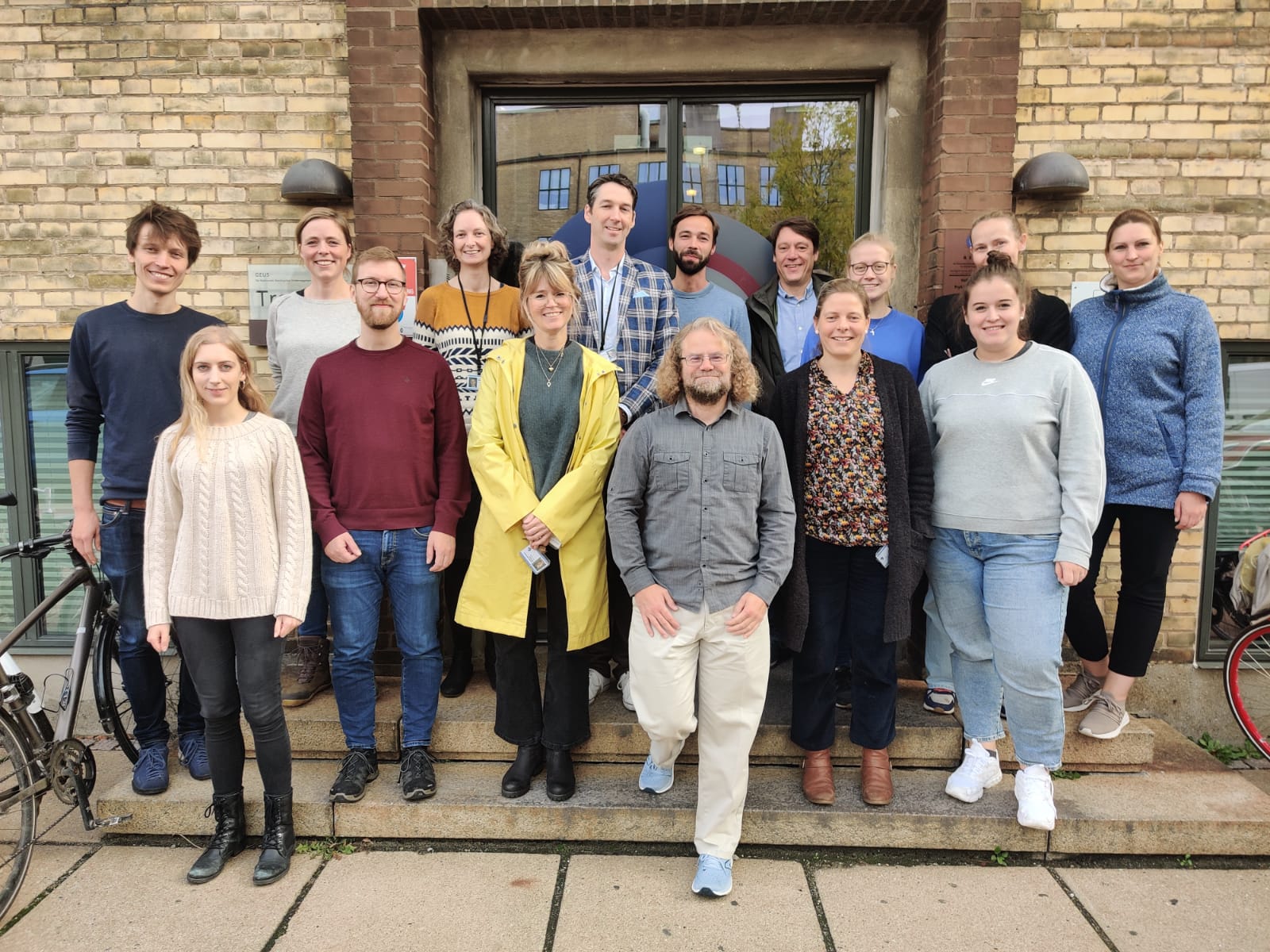Published: Apr 28, 2014 by The PISM Authors
See the stable version page to check out a copy of the PISM stable0.6 source code. If you have already checked out the prerelease version, just do git pull and then make install in your build directory. Send email to help@pism-docs.org for help with any version of PISM.
Changes since stable0.5 include
Basal strength and basal hydrology
- A significant change to the model physics for computing yield stress of saturated till: effective pressure in till is now computed by empirically-based (and exponential) formula from [Tulaczyketal2000] relating amount of water in till to effective pressure.
- New mass-conserving subglacial hydrology model.
Marine ice sheet modeling
- Implement a parameterization of the melange back pressure as a part of the stress boundary condition at the ice shelf front.
- Implement fracture density model and fracture-induced ice softening (see [AlbrechtLevermann2012]).
- Parameterization of the sub-grid position of the grounding line and related improvements (see [Feldmannetal2014,Gladstoneetal2012]).
- MISMIP3D example (see [MISMIP3d2013]). PISM shows grounding line reversibility on a fixed grid.
- Use an implementation of a serial two-scan connected-component algorithm to identify icebergs.
- Report cumulative discharge (calving) flux as a 2D field.
Climate inputs and ocean inputs
PISMSurfaceModelreturns climatic mass balance in[kg m-2 s-1]- Remove
pclimate; add the-test_climate_modelsoption. -part_gridextended to grounded marine termini. Allows advance of grounded marine termini.- Require time bounds in time-dependent climate forcing.
- Improve the PDD scheme. (Keeps track of the snow depth during the year to choose PDD factors but does not model multi-year snow cover.)
- Implement the 3-equation sub-shelf melt parameterization (see [Hellmer1998]).
- Implement caching surface and ocean models
-ocean ...,cacheand-surface ...,cache. (Update boundary inputs every X years but include interannual variability.) - Remove code supporting the
EISMINT-Greenlandsetup.
Inverse modeling tools are a part of this release
Please see the PISM’s Python Documentation.
Energy and mass model improvements
- Improve mass conservation and mass transport.
- New bootstrapping heuristic filling ice temperature at depth using surface mass balance (if available).
- Allow “regridding” enthalpy from files containing ice temperature and liquid water fraction.
- Allow cold flow laws in the enthalpy mode and the GPBLD flow law in the cold mode (equivalent to the Paterson-Budd in this case).
- Corrected basal boundary condition in the enthalpy system.
Improved User’s Manual examples
- “Standard” Greenland model example includes grid refinement and parameter study demonstrations.
- New validation example based on laboratory experiment with xanthan gum, with millimeter-scale grid spacing. Shows extreme configurability of PISM.
- “Prognostic” Ross ice shelf example demonstrates eigen-calving law.
- Reproducible MISMIP and MISMIP3d examples documented in Manual.
Usability
- Implement poor man’s parallel I/O, with compression
- Ensure “continuity” in time of reported cumulative diagnostic fields.
- Let the user precisely specify the dates corresponding to the run (
-time_file). - PISM supports real-world calendars.
- Many more diagnostic quantities; use
-list_diagnosticsto see. - PISM keeps track of options and parameters that were set but were not used.
- Use projection info to compute latitude and longitude bounds. (Reduces post-processing needed to work with PISM’s output.)
Under the hood
- Improve the build system.
- Switch to PETSC 3.3 or 3.4. PETSc version 3.2 and earlier are no longer supported.
- Switch to UDUNITS-2.
- Require FFTW-3 to build PISM.
- Use CalCalcs for proper calendar support.
- Remove the Debian “meta-“ package.
- Clean up command-line options selecting sub-models (calving, stress balance, energy, basal yield stress).
- Implement a “constant 2D velocity” stress balance object (for testing and prescribing sliding)
- Better
SSAFDrecovery logic; save model state on failure. - Use non-zero initial guess in the SSAFD KSP solver.
